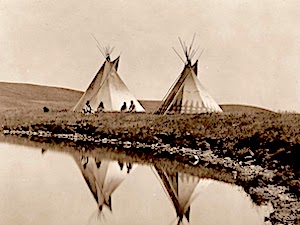
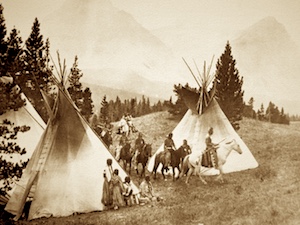
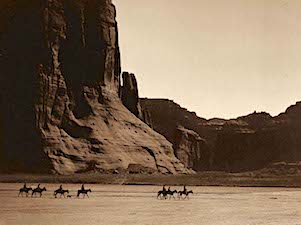
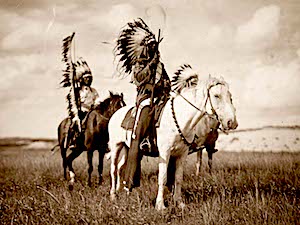
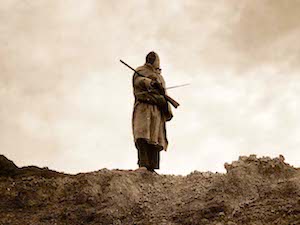

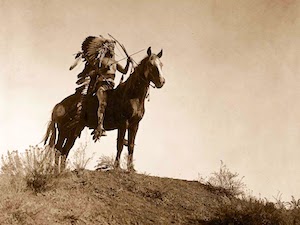
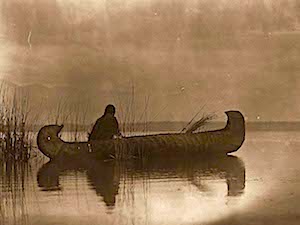
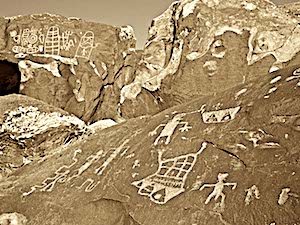
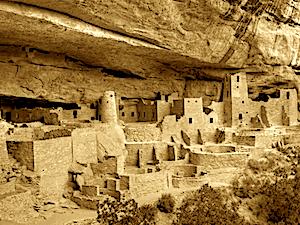
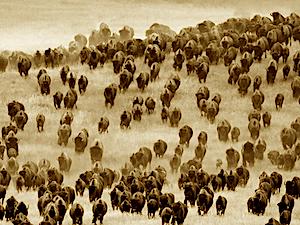
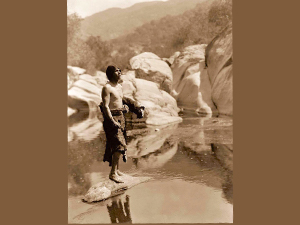

Gone (Forever...)
lament
© Richard Coffey - All Rights Reserved
 Did you Know?
Did you Know?
Estimates of the indigenous native population before the arrival of the Europeans in 1492 varies widely from an (unlikely) low of 8.4 million people to a high of 90-112 million. Even without an accurate estimate of the initial population, by 1900 the indigenous population declined by more than 80%, due mostly to the effects of diseases such as smallpox, measles and cholera, but also violence and warfare by colonizers against the Indians.
Did you know that there once was a time when millions of buffalo roamed the vast empty spaces of the prairies? Before 1850, between twenty and sixty million buffalo roamed the North American plains. Hunting buffalo was the way of life for Plains Indians. The subsequent decimation of millions of bison in the 1800s was pivotal in the tragic devastation of Indian people and society.
U.S. Government enforced migrations and confinement to reservations became the fate of the American Indian and their way of life was gone forever. Like a long sigh after the loss of a loved one, this tune is a sad but nostaglic lament to the wild open spaces of yesteryear and the Native American way of life tragically subsumed by Manifest Destiny and the European settlers relentless push westward.
 About the Music:
About the Music:
Over a warm synth pad and frame drums at the intro, one hears a high-pitched Native American flute slowly drawing near... The Native American bass flute then enters playing a plantive melody. On the Outro, the high-pitched Native American flute joins in again and exchanges slow melodic improv phrases with the Native American bass flute as the tune fades...
Further Info
Native Americans
An easily navigable introduction to North America's Native Americans. Learn about Migration History, Cultural Groupings, Languages and more.
A rare photo collection of Native American photos
Photgraphed by Edward Curtis.
Edward Curtis
Edward Sherriff Curtis (1868-1952) was an American photographer and ethnologist whose work focused on the American West and on Native American people. Sometimes referred to as the "Shadow Catcher", Curtis traveled the United States to document and record the dwindling ways of life of various native tribes through photographs and audio recordings.